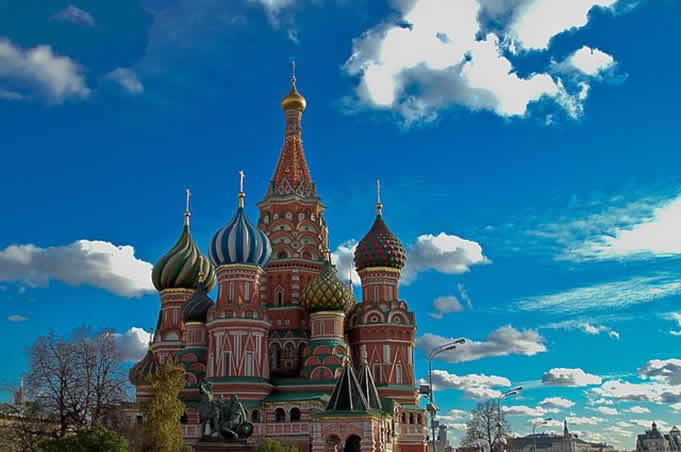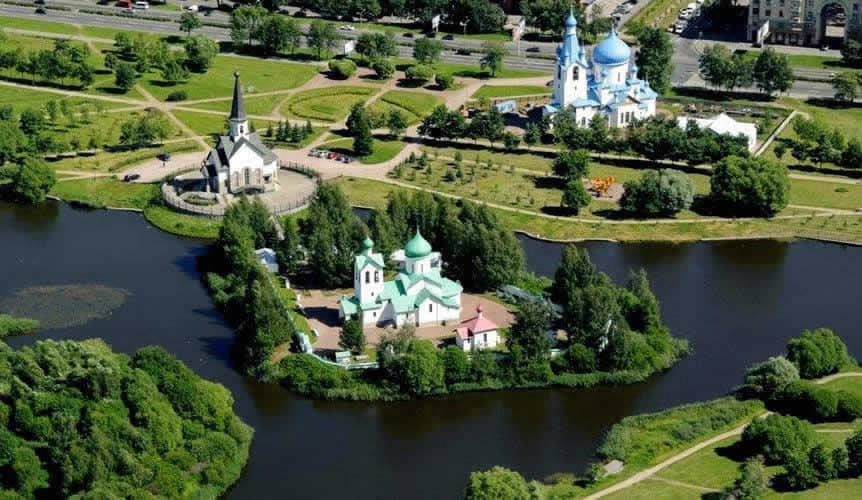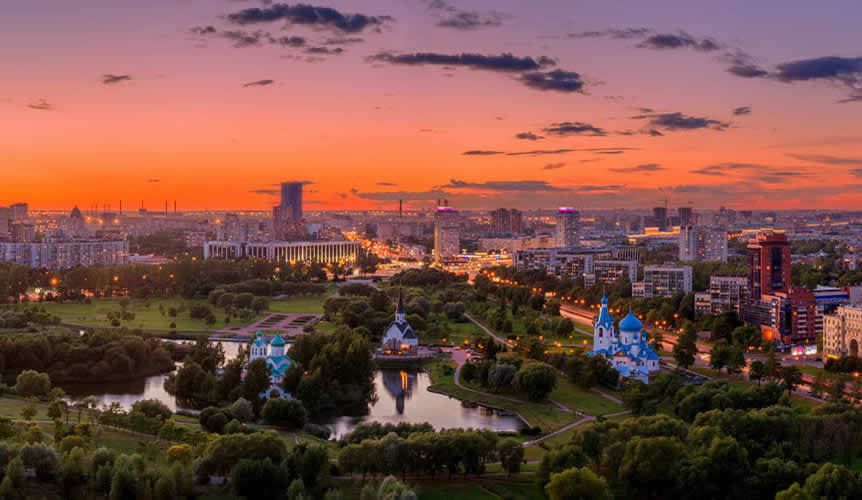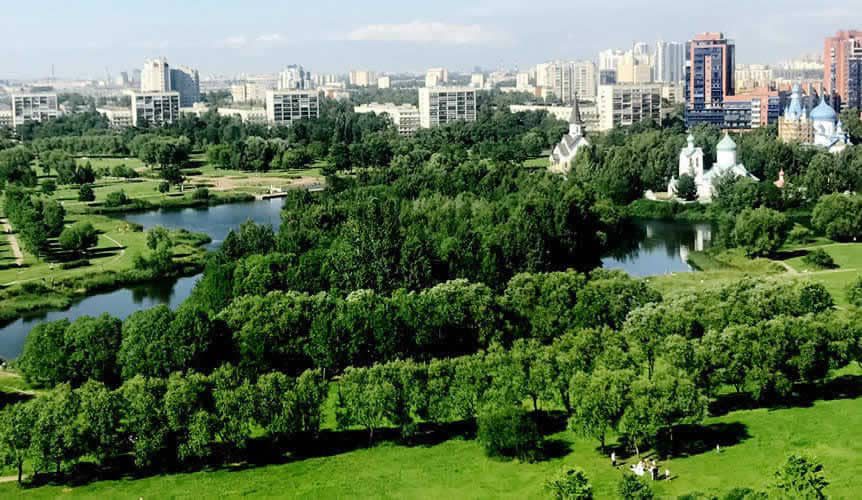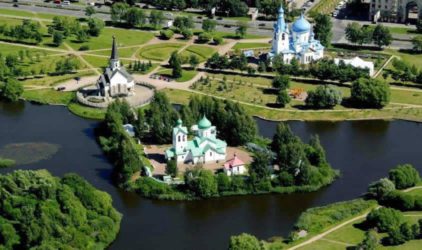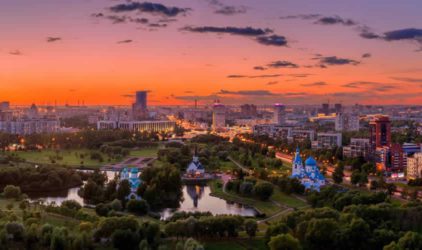Population and ethnic makeup
Russia is the largest country in the world in terms of territory, with a total area of 6,601,668 square miles (17,098,242 square kilometers). By comparison, the United States comprises 3,794,100 square miles (9,826,675 square km).
According to 2014 data by The World Bank, the population of Russia is 141,049,000, a decline since its peak of 148,689,000 in 1992.
Russia is home to at least 190 ethnic groups, according to the BBC. The Central Intelligence Agency (CIA) reports that 77.7 percent of Russians are of Russian descent. The rest of the population consists of 3.7 percent Tatar, 1.4 percent Ukrainian, 1.1 percent Bashkir, 1 percent Chuvash, 1 percent Chechen and 10.2 percent other, while 3.9 percent are unspecified.
Languages
While Russian is the official language, many Russians also speak English as a second language. More than 100 minority languages are spoken in Russia today, according to the BBC. The most popular is Dolgang, spoken by more than 5.3 percent of the country’s population, according to the CIA. Other minority languages include Tartar, Ukrainian, Chuvash, Bashir, Mordvin and Chechen. Although these minority populations account for a small percentage of the overall Russian population, these languages are prominent in regional areas.
Religions
“Religion has always been a primary component of Russian life, even during times of oppression,” Wagner said.
There are nearly 5,000 registered religious associations in Russia. More than half follow the Russian Orthodox Church, according to the Ministry of Foreign Affairs of the Russian Federation. Islam is the second largest religion; about 10 percent to 15 percent of Russians practice Islam, according to the CIA World Factbook.
“The third most popular religion in Russia after Christianity and Islam is Tengrism, a form of pagan, animistic and shamanic religion,” said Christina de Rossi, an anthropologist at Barnet and Southgate College in London. Tengrism originates from the Turk and Mongol populations of Central Asia and has enjoyed a revival in parts of Russia as it is seen as part of a certain Central Asian ethnic identity by some regional independence movements.
Arts, literature and architecture
Ballet is a popular notable art form coming out of Russia. Founded in 1776, the Bolshoi Ballet is a classical ballet company based at the Bolshoi Theatre in Moscow and known throughout the world. The Mariinsky Ballet in Saint Petersburg is another famous ballet company in Russia.
Peter Ilyich Tchaikovsky, a 19th-century Russian composer, is world renowned for “Swan Lake” and the “1812 Overture,” among other pieces. There are several museums, including his childhood home, showcasing his personal belongings and musical artifacts.
Russian literature has also had a worldwide impact, with writers such as Leon Tolstoy (“Anna Karenina” and “War and Peace”) and Fyodor Dostoevsky (“Crime and Punishment” and “The Brothers Karamazov”) still being read around the world.
Russian nesting dolls are well-known symbols of the country. These sets of dolls, known as matrioshka dolls, consist of a wooden figure that can be pulled apart to reveal another smaller version of the same image inside, and so on, often with six or more dolls nested inside one another. The painting of each doll, which can be extremely elaborate, usually symbolizes a Russian peasant girl in traditional costume.
Colorfully painted onion domes first appeared during the reign of Ivan the Terrible, according to Lonely Planet. They are commonplace in Russian architecture and are predominant atop church structures. It has been speculated that they represent burning candles or vaults to heaven and often appear in groups of three representing the Holy Trinity.
Russian food and drink
One of the most well-known traditional Russian foods that may seem strange to an outsider is borshch, also spelled borscht. This is a beet soup that is full of vegetables and meat and is typically served with a dollop of sour cream, a staple of many Russian dishes.
Pirozhkis are small baked buns that can be filled with potatoes, meat, cabbage or cheese. (They should not be confused with pierogis, which are Polish dumplings, boiled and then fried and stuffed with meat, cheese, potatoes or sauerkraut.)
Caviar, or ikra, traditionally made from the eggs of sturgeon found in the Black Sea or Caspian Sea, is often served on dark, crusty bread or with blini, which are similar to pancakes or crepes. Blini are also served rolled up with a variety of fillings, ranging from jam to cheese and onions, or even chocolate syrup.
Vodka is a popular alcoholic drink traditionally made from the distillation of fermented potatoes. Beer and tea are also widely consumed.
Folklore & holidays
Russia has a rich tradition of folk tales that derive from a number of Slavic myths and traditions, according to de Rossi. Russian folk characters are very colorful, and they also betray ancient pagan roots: for example, the Baba Yaga is a witch-like old woman who lives in the forest in a house that rests on chicken legs and is surrounded by skulls and bones. Another tale tells of the Fire Bird, an enchanted creature with fiery plumage that is very difficult to catch, therefore its capture or that of one of its feathers is often the challenge facing the hero.
Both the Baba Yaga and the Fire Bird can either be good or bad, terrifying or benevolent, and they can bestow favorable or hostile enchantments, de Rossi said. Above all, they must never be antagonized!
Some Russians observe Christmas on Jan. 7 as a public holiday, according to the Julian calendar used by the Russian Orthodox Church, while others celebrate on Dec. 25.
Russia Day is celebrated on June 12. This marks the day in 1990 that the Russian parliament formally declared Russian sovereignty from the USSR, according to the School of Russian and Asian Studies. Initially, it was named Russian Independence Day, but was renamed to Russia Day, a name offered by Boris Yeltsin, in 2002.
© From www.livescience.com
